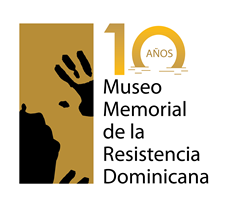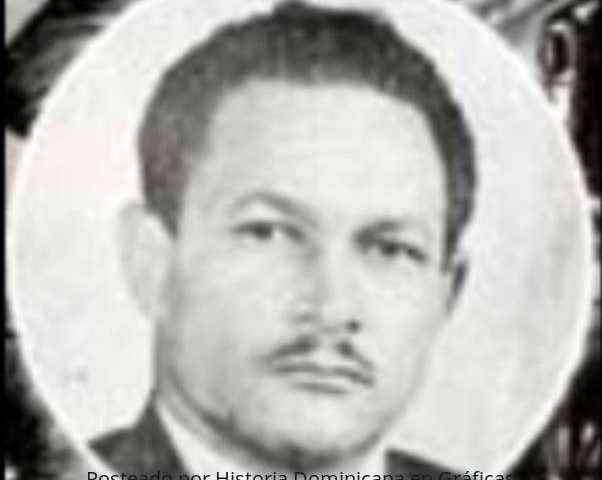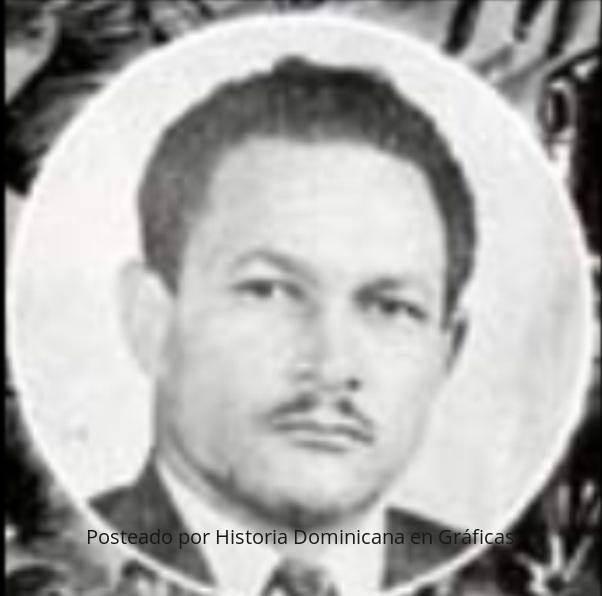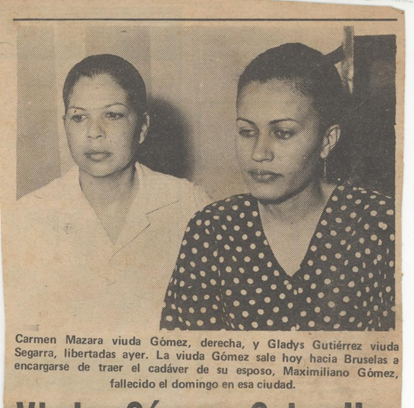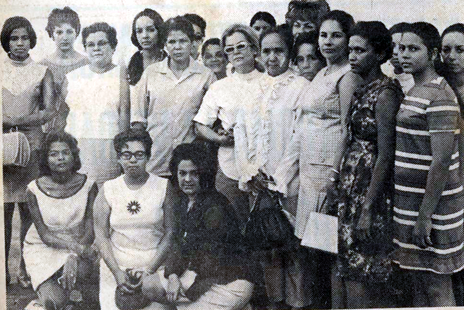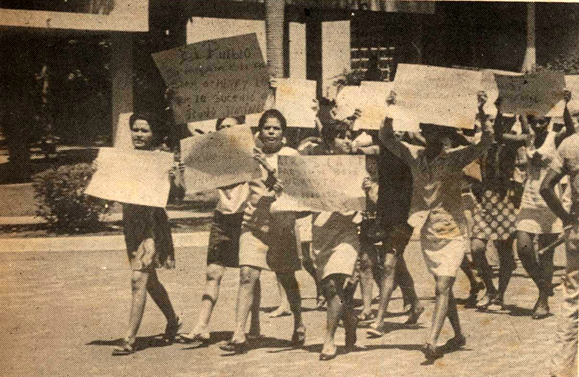Pichirilo Mejía: Sea dog and internationalist hero
Asesinatos de la posguerra
February 24, 2017
Elecciones 1966
February 24, 2017His real name was Ramón Mejía del Castillo, but everyone knew him as Pichirilo Mejía. He was a native of San Pedro de Macorís, member of a family dedicated to navigation in small schooners that between the years of the thirties and forties of the last century, worked in that activity traveling from our country to the small Antilles transporting fruits and passengers of scarce resources, generally immigrant workers native of those Caribbean islands who came to our country to work in the sugar industry.
On one of these trips Mejía decided not to return and settled in Cuba where he joined the exile groups dedicated to anti-Trujillo activities. In 1956, together with Pablo Martínez, Máximo López Molina and Julio César Martínez, he was a founding member of the Dominican Popular Movement.
That same year he had already joined the urban resistance activities of the 26th of July Movement, which was fighting in Martí's homeland for the overthrow of dictator Batista. In that political grouping he met and became close friends with its top leader, Dr. Fidel Castro Ruz, who had just been released from prison where he had remained imprisoned after the failure in July 1953 of the assault on the Moncada Barracks in Santiago de Cuba.
Because of this political background and his knowledge of maritime navigation, Dr. Castro chose him to steer the Gramma yacht that left Mexico at the end of November 1956 to begin the guerrilla struggle against the bloodthirsty Cuban dictator.
The documentary accounts of that action indicate that the crossing of the small yacht with a capacity for only twelve people that arrived at the beaches of La Colarada, in Oriente, on December 2 of that year, with some 80 guerrillas loaded with weapons, supplies, etc., was a true feat.
As it is known, shortly after the landing, Castro's expeditionary group was surprised and attacked by troops of Batista's army, 21 guerrillas died in that encounter and the rest dispersed in the mountains to save their lives. Only 16 managed to evade the attack with Fidel and went into the mountains of the Sierra Maestra to begin the armed struggle that culminated with his triumph on January 1, 1959.
It is known that Pichirilo Mejía was one of those who managed to escape that attack. He later moved to Havana where he continued his collaboration with the 26th of July. He remained there after the triumph of the revolution, returning in 1963 during the Bosch government, overthrown in September 1963.
When in April 1965 the civic-military revolt began to restore the constitutional order and reinstate Professor Bosch in power, Pichirilo Mejia joined the insurrection and resistance to the U.S. troops that invaded our nation, in the 2nd U.S. military intervention in our country.
Due to his military experience, Pichirilo Mejía was head of the San Antón Command, established in the neighborhood of the same name, in the vicinity of the Colonial Zone of the capital city.
After the end of the patriotic resistance against the foreign forces and the coming to power of Dr. Joaquín Balaguer, on the night of August 12, 1966, when leaving his home located in the same neighborhood of San Antón, whose inhabitants saw him fight with legendary courage against the American troops, at 10:00 p.m., he was assassinated by two shots in the back by a terrorist of the kind used in those dark days by the extreme right.
